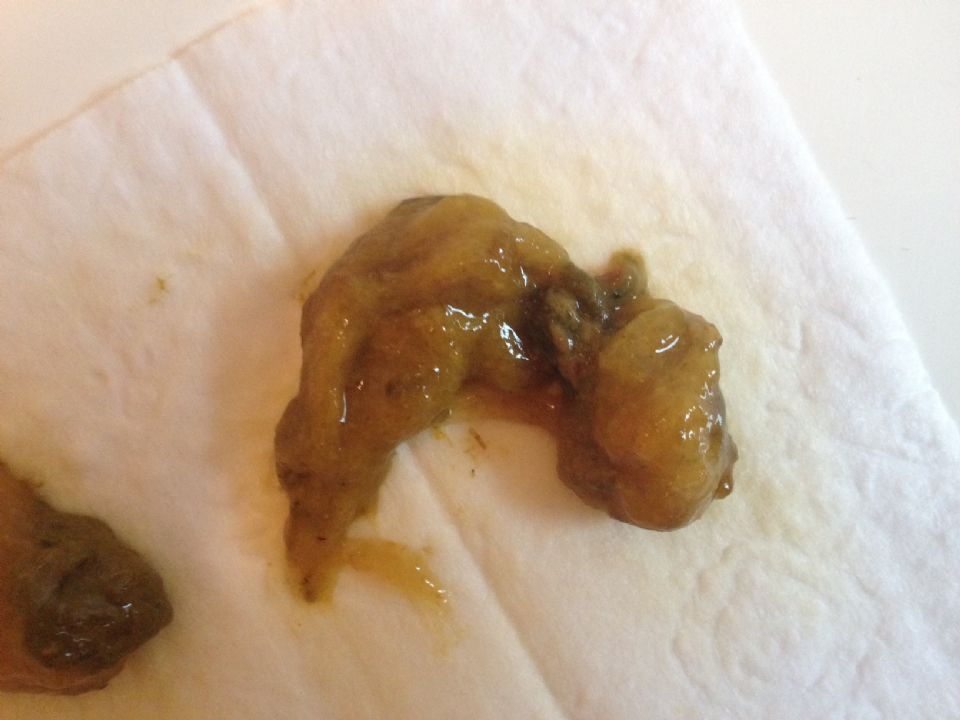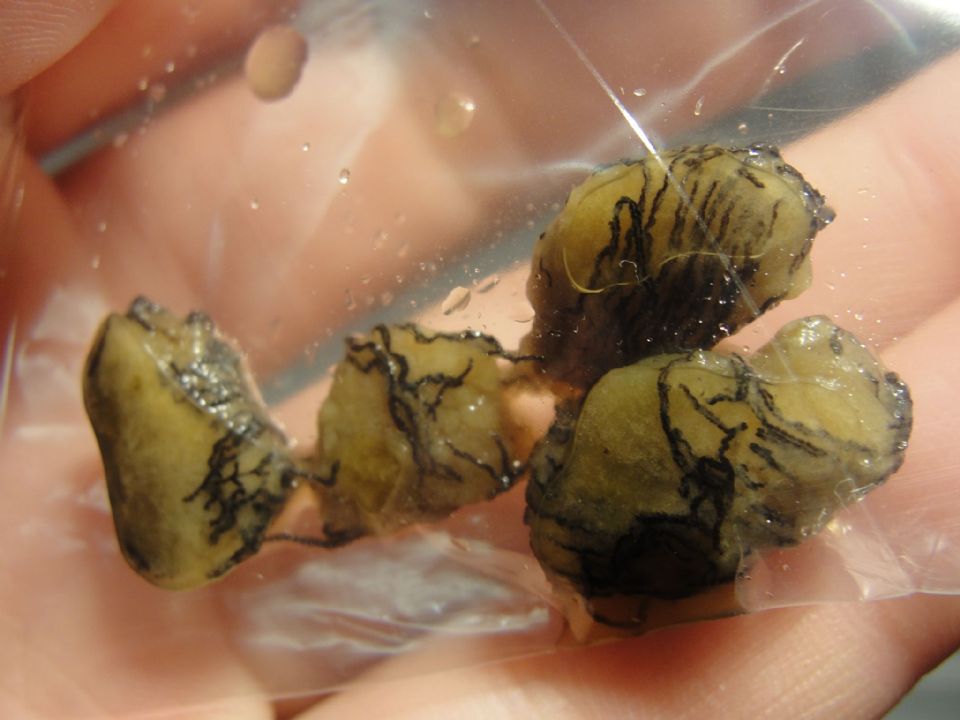

Saliva is another part of the early digestive process. The resulting change in the poop would be simple - there would be none, because the food is spit back into the food bowl after minimal processing.įerrets that eat whole animals generally tear off small pieces that are swallowed essentially whole - very little chewing is done, and most tissues are relatively available to the gastric fluids. Advanced periodontal disease may limit a ferret’s ability to crush and swallow its food properly. The type of diet determines how the food is processed.ĭue to the hard-packed nature of kibble, part of essential ferret supplies, each piece must be broken into much smaller pieces so that digestive fluids such as saliva and gastric acids can begin the digestive process. Teeth, of course, are important for grabbing and crushing the food.

In this area, both the teeth and the saliva cause profound and important changes to the food. Some areas are associated with subtle changes, some with more obvious ones. Each section performs a specific function, and failure of any part often affects the poop in different ways. The gastrointestinal tract is a long tube in most animal species, with distinct sections in which various stages of digestion take place. It’s important to note that a lot of diseases, especially non-GI diseases, allow ferrets to pass totally normal feces, so good poop doesn’t equate totally with perfect health. Exposure to air allows it to dessicate, thus causing it to shrink, turn dark brown and get hard. Normal ferret poop is a light tan to brown color has a smooth, toothpaste-like consistency and is tubular in shape. Three components - color, shape and consistency - are used to characterize ferret poop and might help determine where a problem in the G.I. Often the bowel movements of ferrets herald systemic disease far earlier than any other signs. Although the condition of the poop is not a very specific indicator of overall health, it can be an early warning sign for many forms of gastrointestinal disease. Why look at ferret poop, anyhow? Well, you are there cleaning the litter anyway, and it’s always nicer to perform a medical chore than just a janitorial one.

One bad one is not the end of the world, and one good one, in an animal with GI problems, doesn’t necessarily mean that all is forgiven. Most ferrets will poop three or four times a day. The first rule of “poop-ology” is one of focus: the end goal of the digestive process is nutrition, not the production of poop.Īnother very important concept, and one that I often have to remind ferret owners of, is “Don’t be a stool-gazer.” This means, don’t ascribe too much importance to an individual poop. Here is the full, unadulterated story of “the poop, and nothing but the poop.” Basic Rules Of “Poop-ology”Įach segment of the gastrointestinal tract of ferrets (and all other animals) has a specific role in processing food and making its components available for use by the body. People have reprinted the “Poop Chart” over and over, and I have even been asked to lecture on ferret poop. I really stepped in it that day, and this particular subject seems to have followed me for years. When poop is good, we hardly notice, but when it is bad, we pay attention.Ībout 10 years ago, I wrote a short article for the Internet called “The Poop Sheet” (now called “The Poop Chart”). Like it or not, admit it or not, poop has fascinated us over the years.


 0 kommentar(er)
0 kommentar(er)
